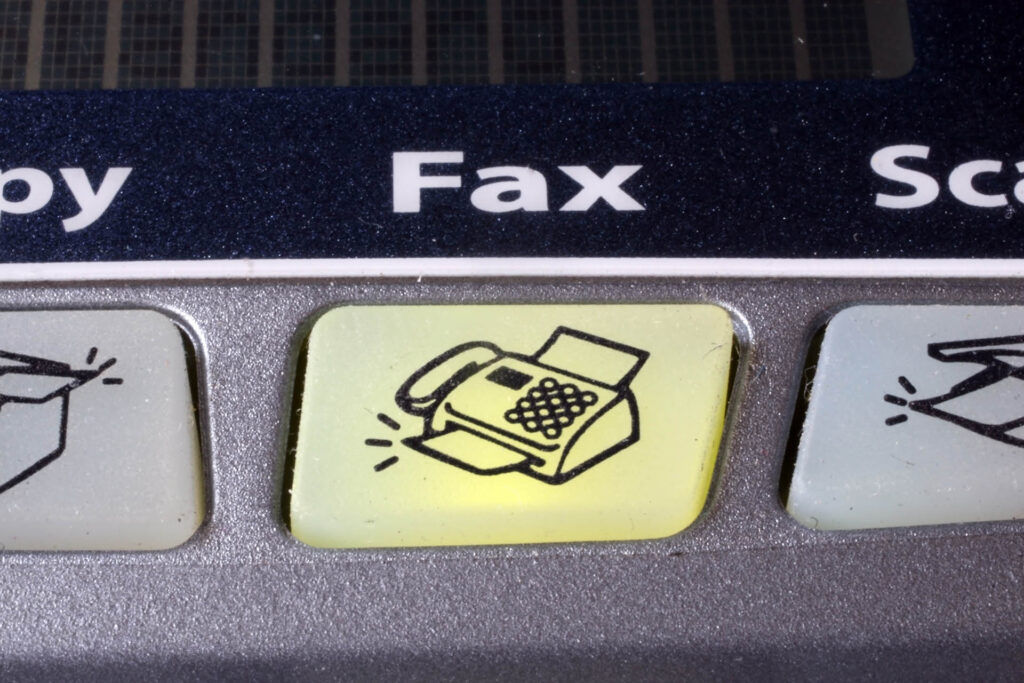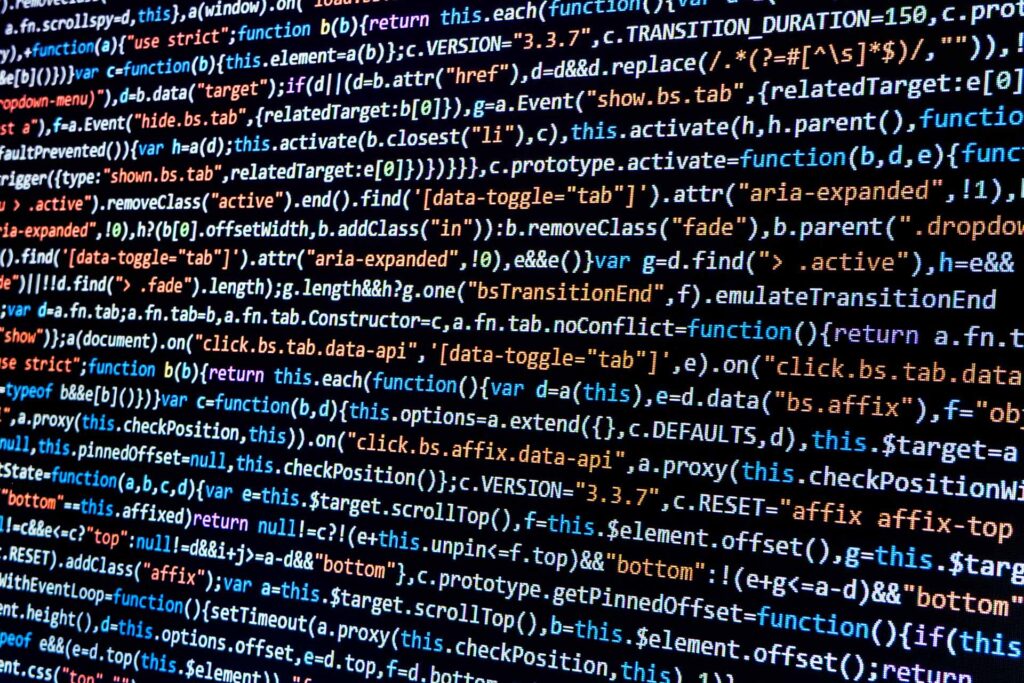
In today’s need for fast data transfers through the Internet, Wi-Fi or 4G methods, many people feel that faxing is “so old school.” I don’t even think today’s eighth-graders can tell you what a fax is. Throughout the medical community, however, faxing is still an instrumental form of passing patient information. I also believe that healthcare organizations value faxing for its strategic importance in driving business to their facilities over their competitors. Over the next three blogs, I will explain why doctors’ offices consider faxes their lifeline to business, how faxes help healthcare providers maintain their relationships with doctors and how to ensure your information gets where it needs to go when it needs to get there.
Let me set the proper context. Cerner calls its module for faxing Remote Report Distribution or RRD. It is one of the members of the system group called Clinical Reporting. I contend that management should require at least one full-time employee (analyst) to support faxing. Even if the Millennium® system is configured exactly as designed, RRD faxing can still create large problems for healthcare organizations (more on that in a later blog).
Many doctors’ offices do not have the equipment needed to perform complex clinical tests, so patients are referred to places that have the equipment, which is often the nearby hospital. Both doctors and patients want to get the results as quickly as possible, and hospitals look to their EMR system to be able to provide the timely results through faxes. In addition to faxing radiology findings and lab results, hospitals also use faxing to report on consults, send patient summaries of hospital visits, distribute notification letters to doctors and even send patient appointment reminders. Doctors’ offices rely on these faxes on a daily basis.
I have talked with many doctors’ offices on how faxes affect their processes for seeing patients. Here’s a typical scenario: When a fax containing a patient’s test results comes in, the office staff is responsible for delivering the information to the doctor for his or her review and for setting up a follow-up appointment for the patient to hear the results and begin necessary treatment. From a business perspective, these faxes are helping doctors generate new office visits. Some of the offices I have spoken to say this process accounts for up to 40 percent of their office visits. Without the faxes being sent to these doctors’ offices, physicians would be relying on results being mailed to them or the patients themselves calling for follow-up visits once they received the results from the hospital — neither of which would be acceptable to the referring physician.
So how do organizations leverage faxing to doctors’ offices? Some have contracts with doctors’ offices that include time frames for how soon results will be sent out, such as within 24 to 48 hours of the completion of the test. Additionally, organizations will offer to schedule the faxes to arrive during the nighttime hours or at a time the office deems appropriate. The office just needs to make sure its fax machine is on. All of these commitments can be configured through Millennium’s RRD system. Some of the hospitals I have worked for have processed anywhere from 400 to 3,500 faxes within a 24-hour period. If each fax represents just a $10 co-payment, this could be a lot of money to doctors. Because doctors rely on faxes to deliver quality patient care and drive more business, you can be sure that they won’t want to work with facilities that can’t deliver faxes in a timely and reliable way.
Prognosis: Hospitals can leverage a dependable faxing service to become the provider of choice for referring physicians.
Next: Why faxing is the gateway for healthcare organizations to strengthen relationships with primary care physicians and ultimately promote their vision for practicing healthcare.
